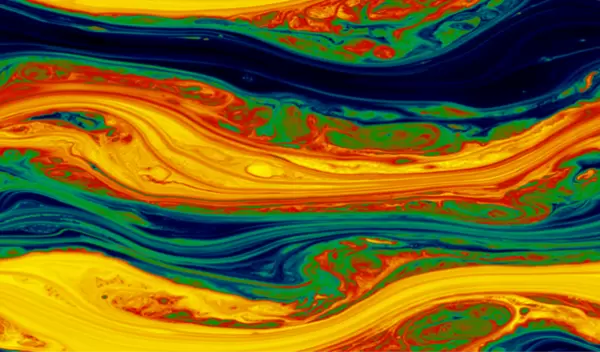
Turbulent plasma reveals the origins of ubiquitous magnetic fields
Magnetic fields are everywhere, even in the deep space between galaxies and galactic clusters. Despite decades of intense interest and research, the origin of these cosmic magnetic fields remains a murky cosmological mystery.
Now physicists at MIT supported by the U.S. National Science Foundation have developed a new paradigm for understanding the origins of magnetic fields by studying how the microphysics of collisionless plasmas affect macroscopic astrophysical processes.
The team detailed the underlying theory and performed numerical simulations on supercomputers demonstrating how macroscopic magnetic fields can be seeded as well as the fundamental processes at work. The model simulates magnetogenesis on a cosmological scale.
The plasmas between stars and galaxies are low density, which means that the particles in cosmological plasmas never collide, a key property that was included in the model the researchers developed. By including detailed small-scale effects of plasma dynamics on macroscopic astrophysical processes, the model demonstrates that magnetic fields can be spontaneously created from flows in collisionless plasma.
The mechanical energy of turbulent motion self-produces magnetic fields that can affect plasma dynamics. The team published the findings in Proceedings of the National Academy of Sciences.
"This fundamental plasma physics result allows us to begin to understand how the universe acquired the magnetic fields we can now detect with the Event Horizon Telescope around supermassive black holes, and with the Daniel K. Inouye Solar Telescope on our own sun," said Vyacheslav (Slava) Lukin, a program director in NSF's Division of Physics.
The research is a step toward understanding the driving forces of magnetogenesis in the universe.
